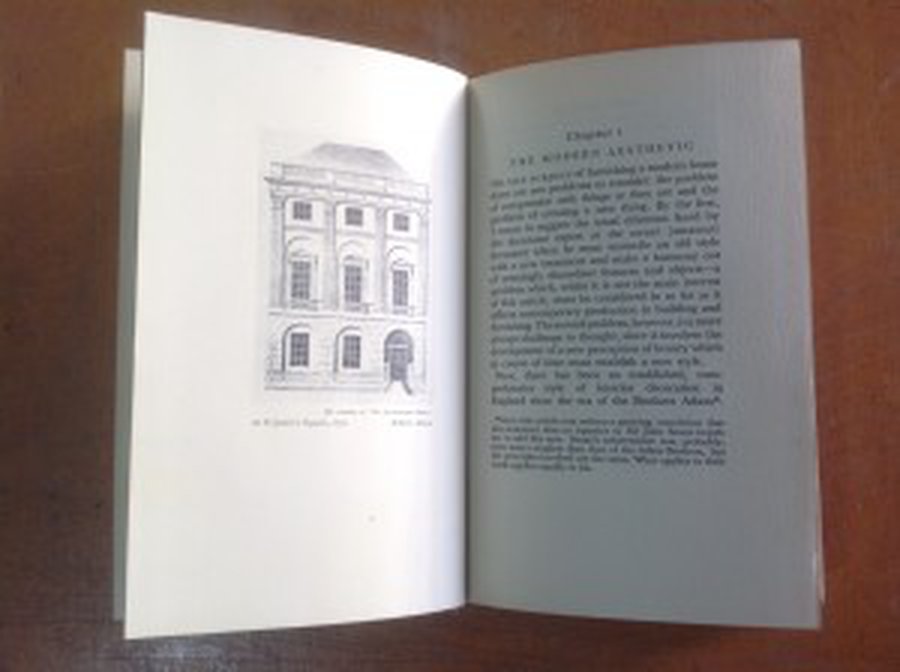Paul Nash (1889 - 1946) Tate Britain
— February 2017
We are nearing the end of a quite magnificent exhibition at Tate Britain.
I have been influenced by the painter Paul Nash since a teenager when I discovered a family link to him, so the chance to experience this extensive collection of his life's work was a delight. The exhibition sets out a complete artistic life, with all the changes in creative style and ideas, that that brought forth.
Concepts that threaded through his career included: flight, the personality of inanimate objects, and the 'genius loci' or spirit of a place. He was also a war artist.
I have been influenced by the painter Paul Nash since a teenager when I discovered a family link to him, so the chance to experience this extensive collection of his life's work was a delight. The exhibition sets out a complete artistic life, with all the changes in creative style and ideas, that that brought forth.
Concepts that threaded through his career included: flight, the personality of inanimate objects, and the 'genius loci' or spirit of a place. He was also a war artist.
I first saw Nash’s work at Pallant House, Chichester in the late 1980’s. As a teenager looking for a creative path I was struck that Nash had managed to make a living out of his art. His painting was meaningful, and good enough to be publicly displayed. He was brave enough to put forward new ideas which made an impact on British Modernism, and he became a leading figure in British Surrealism.
The first time I engaged with Nash’s painting was a pivotal moment for me. Indeed it influenced my need to enter a field of art where my work would be functional and spacial, both aesthetically and physically. Nash’s often abstracted portrayal of the ‘unseen’ was mysterious and inspirational to my vivid imagination.
Paul Nash embraced many areas of design in his time. He explored designs for interiors and architecture, and discussed his views on the modern aesthetic in ‘Room and Book’ his publication of 1932. In it he champions the designs of Robert Adam as having the vision to create perfect harmony. In his chapter on Modern English Furniture he talks at length about the Omega Workshops and the degeneration of this design style into factory products. He also says ’The desire for a definite harmony of forms and colours and textures is more and more apparent. It is in the expression of this desire - however inadequate it may be - that I see a groping for that thread that still links us with tradition. We are searching, not for old styles, but for the principles of our past that we may create a new thing’.
My feeling is that had Paul Nash lived to take his art and into further new mediums, and to greater scales, he would have enjoyed it very much. We can but marvel at what he achieved in such a short time, during and between world wars.
Paul Nash embraced many areas of design in his time. He explored designs for interiors and architecture, and discussed his views on the modern aesthetic in ‘Room and Book’ his publication of 1932. In it he champions the designs of Robert Adam as having the vision to create perfect harmony. In his chapter on Modern English Furniture he talks at length about the Omega Workshops and the degeneration of this design style into factory products. He also says ’The desire for a definite harmony of forms and colours and textures is more and more apparent. It is in the expression of this desire - however inadequate it may be - that I see a groping for that thread that still links us with tradition. We are searching, not for old styles, but for the principles of our past that we may create a new thing’.
My feeling is that had Paul Nash lived to take his art and into further new mediums, and to greater scales, he would have enjoyed it very much. We can but marvel at what he achieved in such a short time, during and between world wars.

A design for block printed linen in four colours - Paul Nash from 'Room and Book' 1932

' The Modern Aesthetic' Chapter 1. 'Room and Book' 1932.

